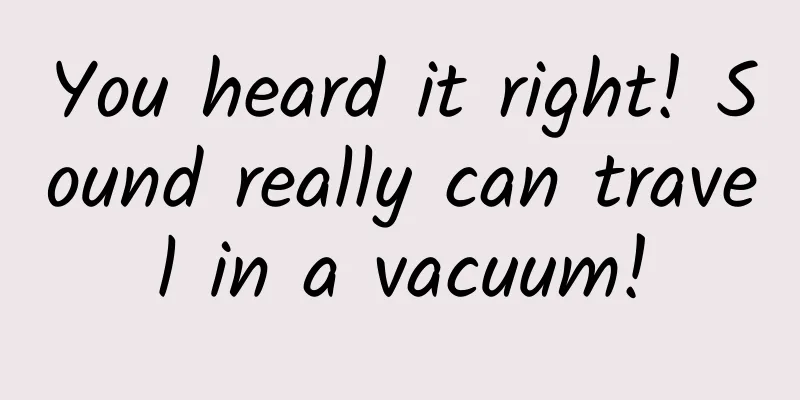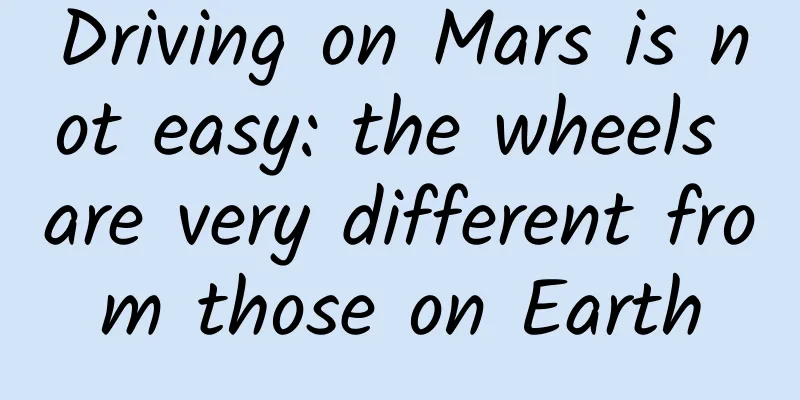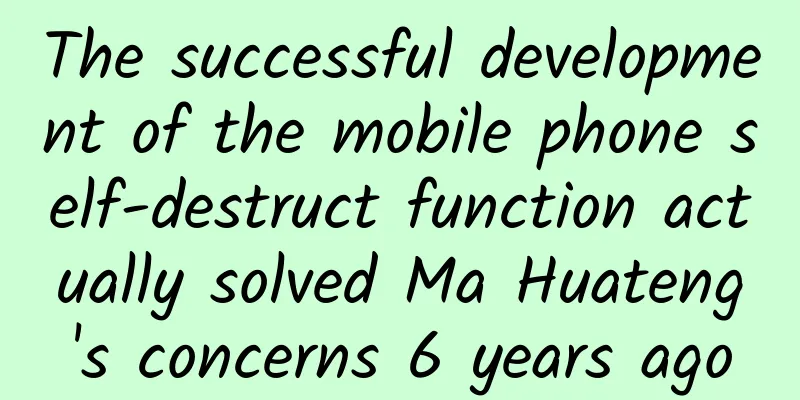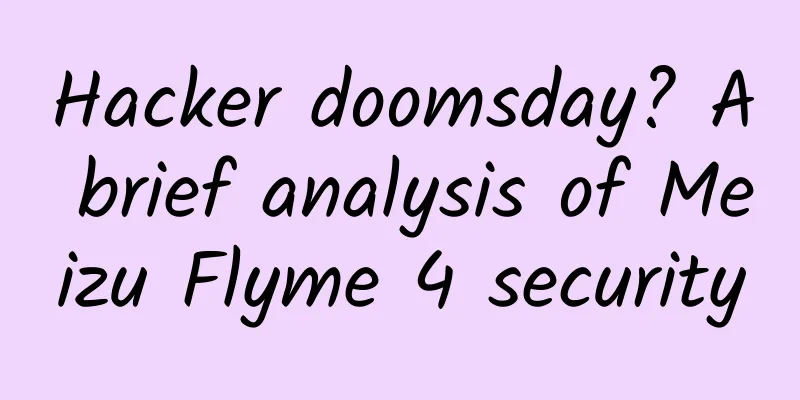You heard it right! Sound really can travel in a vacuum!

|
Produced by: Science Popularization China Author: Luan Chunyang (Department of Physics, Tsinghua University) Producer: China Science Expo If a friend tells you that sound can propagate in a vacuum, please don't rush to laugh at him for not learning high school physics well. In fact, under certain specific conditions, sound can indeed propagate in a vacuum over a very short distance. On July 14, 2023, two Finnish physicists Zhuoran Geng and Ilari J. Maasilta published their latest research results in the journal Communications Physics. They achieved the first extremely short vacuum propagation of sound between two zinc oxide (ZnO) crystals that were very close (about 100 nanometers) to each other. That is to say, it turns out that sound can really propagate in a vacuum! Why can't sound travel in a vacuum? Junior high school physics textbooks have long taught us that sound needs a medium to propagate. The medium for propagating sound can be gas, liquid or solid , such as the air we breathe, water or steel. Space is a vacuum environment without any medium , so sound cannot propagate in a vacuum. Chalani Diagram: Visualizing the Propagation of Sound (Photo source: Xinhuanet) In high school classes, physics teachers will explain further: the object that initially vibrates is called the sound source, and sound is a mechanical wave generated by the vibration of the sound source. Mechanical waves rely on the continuous vibration of the medium to propagate. To put it in a more vivid way, the process of sound propagation is like ripples in water. The dripping water droplets are the "sound source", the constantly vibrating water surface is the "medium", and the ripples in the distance are the "sound". In other words, sound, as a mechanical wave, will continue to spread around as the medium vibrates, thereby completing its own propagation. The process of sound propagation is like ripples in water. (Photo source: Veer Gallery) Therefore, in a vacuum environment where there is no medium, sound cannot propagate. It can be transmitted by electromagnetic waves. As a mechanical wave, sound cannot be transmitted directly in a vacuum under normal conditions. However, in many cases, we have to transmit sound in a vacuum, such as maintaining voice communication with astronauts in the space station. In fact, our high school physics teacher also told us another thing, that is, visible light, radio waves, etc. are all electromagnetic waves, and the propagation of electromagnetic waves does not require a medium , so they can propagate in a vacuum. In this way, sound can be effectively propagated in a vacuum by means of mechanical waves → electromagnetic waves → mechanical waves . Sound waves travel through a vacuum gap (artistic image) (Image source: Science Alert) In fact, this indirect method is not mysterious, it has always existed in our lives . For example, we can use a microphone to convert sound into electrical signals (mechanical waves → electromagnetic waves), and the electrical signals will stimulate the generation of radio waves to complete the information transmission (electromagnetic waves), and finally the electromagnetic waves are received to generate electrical signals and converted into sound again (electromagnetic waves → mechanical waves). Schematic diagram of electromagnetic waves (Photo source: Veer Gallery) Through this indirect sound conversion method, even if we are on the ground, we can still hear the words of Chinese astronaut Zhai Zhigang: "I have left the cabin and feel good!" However, this indirect way of sound propagation with the help of electromagnetic waves still cannot make up for the regret in the hearts of physicists - it would be a good thing if sound could be propagated in a vacuum, even if it is only a very short distance in a vacuum. Try it in a vacuum. For sound, although it cannot propagate in a vacuum environment over long distances, something wonderful happens when the vacuum distance is close enough - sound can still propagate in a vacuum over extremely short distances. In fact, as early as 1966, physicist S Kaliski boldly proposed: According to the description of the microscopic world by quantum mechanics, when the vacuum distance is close enough** (hundreds of nanometers) , sound still has a certain probability of directly passing through the vacuum gap, thus completing perfect vacuum propagation. This hypothesis of the wonderful sound passing through the extremely short vacuum gap is also called "sound tunneling"**. However, it is not so easy to achieve "sound tunneling". It requires specific materials and complex experimental methods. Although some physicists have achieved "sound tunneling", the tunneling efficiency is not high. Fortunately, Finnish physicists Zhuoran Geng and Ilari J. Maasilta accidentally discovered that if two zinc oxide (ZnO) crystals are placed close enough, sound can be transmitted from one crystal to the other, and the tunneling efficiency this time reaches 100%. Between the upper and lower ZnO crystals, sound propagates through a very short distance in a vacuum. (Image source: Reference [1]) This is because zinc oxide (ZnO) crystal is a special piezoelectric material. When it is subjected to external pressure, it will generate an electric field . Under the action of the electric field, the zinc oxide (ZnO) crystal will also be deformed by force. Therefore, when sound is applied to a crystal, the crystal will be forced to generate an electric field , causing the electric field of the other crystal to change accordingly . In this way, the other crystal will be forced to vibrate under the action of the electric field, thereby reproducing the original sound . Conclusion The charm of science lies in constantly subverting human cognition and bringing infinite inspiration to the world. This new discovery about sound propagation can not only help physicists better understand the basic laws of quantum mechanics, but also help them expand new fields and develop new technologies with the help of this achievement, and apply new technologies to smartphone communications or micro-electromechanical components in other voice devices. Perhaps in the near future, we will be able to have conversations in a vacuum. If this day comes, how will our communication methods change? References: [1] Geng Z, Maasilta I J. Complete tunneling of acoustic waves between piezoelectric crystals[J]. Communications Physics, 2023, 6(1): 178. [2] Kaliski S. The passage of an ultrasonic wave across a contactless junction between two piezoelectric bodies[C]//Proc. Vibr. Probl. 1966, 7(2): 95-104. |
>>: While flying, the window disappeared and the captain was sucked out...
Recommend
How much does it cost to invest in the Fuzhou Course Mini Program?
How much does it cost to attract investors for th...
Why can the “headless fish” in Chengdu, Sichuan survive without a head?
Recently, a " headless fish " has becom...
Waymo: Research shows Waymo Driver's self-driving car accident rate is 85% lower than that of human drivers
According to foreign media reports, Waymo, Alphab...
Frozen steamed buns contain aflatoxin? Can we still eat them?
Recently, a short video claiming that "Zheji...
How does the blood in the legs and feet overcome gravity and flow to the heart?
Who can fight against the gravity of the earth? B...
Except for cephalexin, you should not drink alcohol when taking these 5 medicines!
During the Spring Festival, there are family reun...
New version of Glance released, a better Android database debugging assistant
[[420558]] This article is reprinted from the WeC...
China Passenger Car Association: China's automobile exports will reach 550,000 units in July 2024, a year-on-year increase of 26%
According to the data from the China Passenger Ca...
What kind of new world will smart fashion open up?
Now, smart watches dominate the smart wearable de...
How much potential does NetQin's technology line have under the Blueberry strategy?
Recently, NetQin launched a new Blueberry strateg...
Google announces official release of Android 8.1 in December, Android 8.0 adapter manufacturers need to speed up
Recently, when many Android phone manufacturers h...
The era of fading legends: from the small science of "αβγ" to the "super-signature" of thousands of authors
Written by | Qijun The organs removed during surg...
7 major trends in marketing automation in 2022!
Globally, marketing automation has become a trend...
The first domestically produced COVID-19 oral drug has arrived in Hainan and other places! It can eliminate the virus in 5 days and was originally used to treat AIDS
Recently, the domestic oral drug Azvudine Tablets...
Mechanical enterprise station optimization process sharing [Mold temperature controller]
Since most readers are building corporate website...









